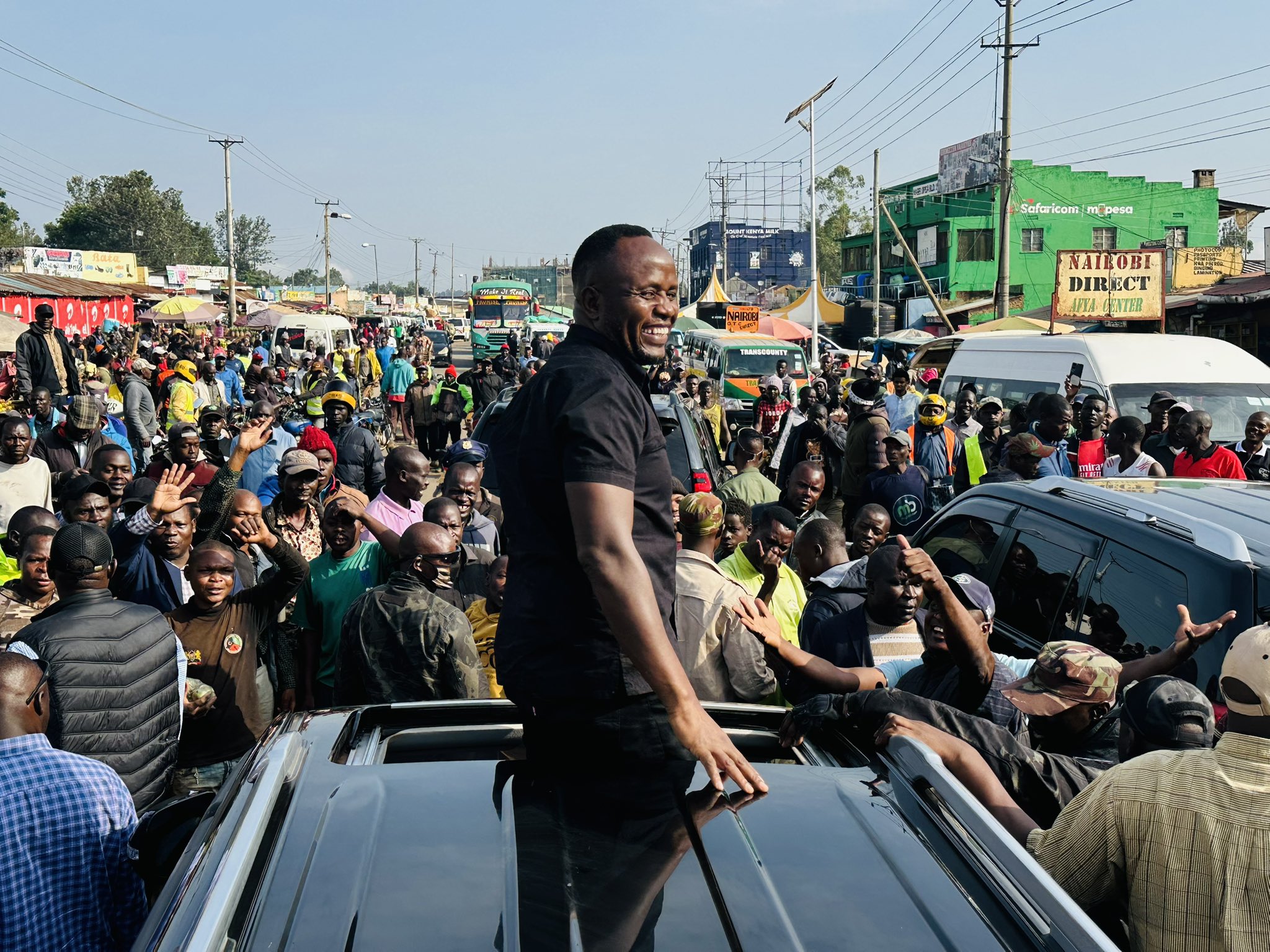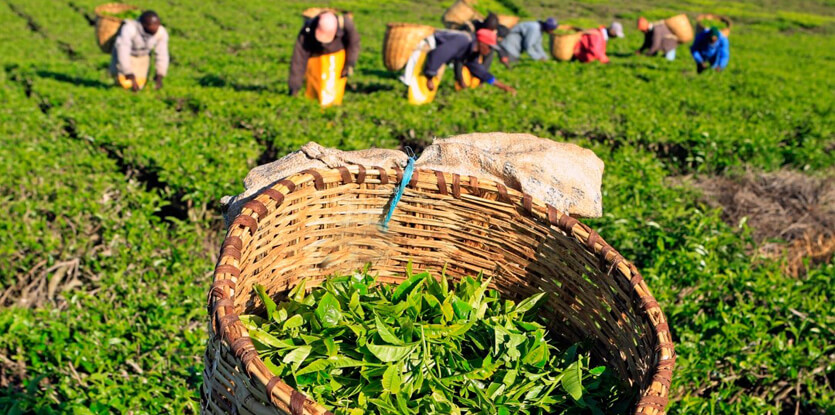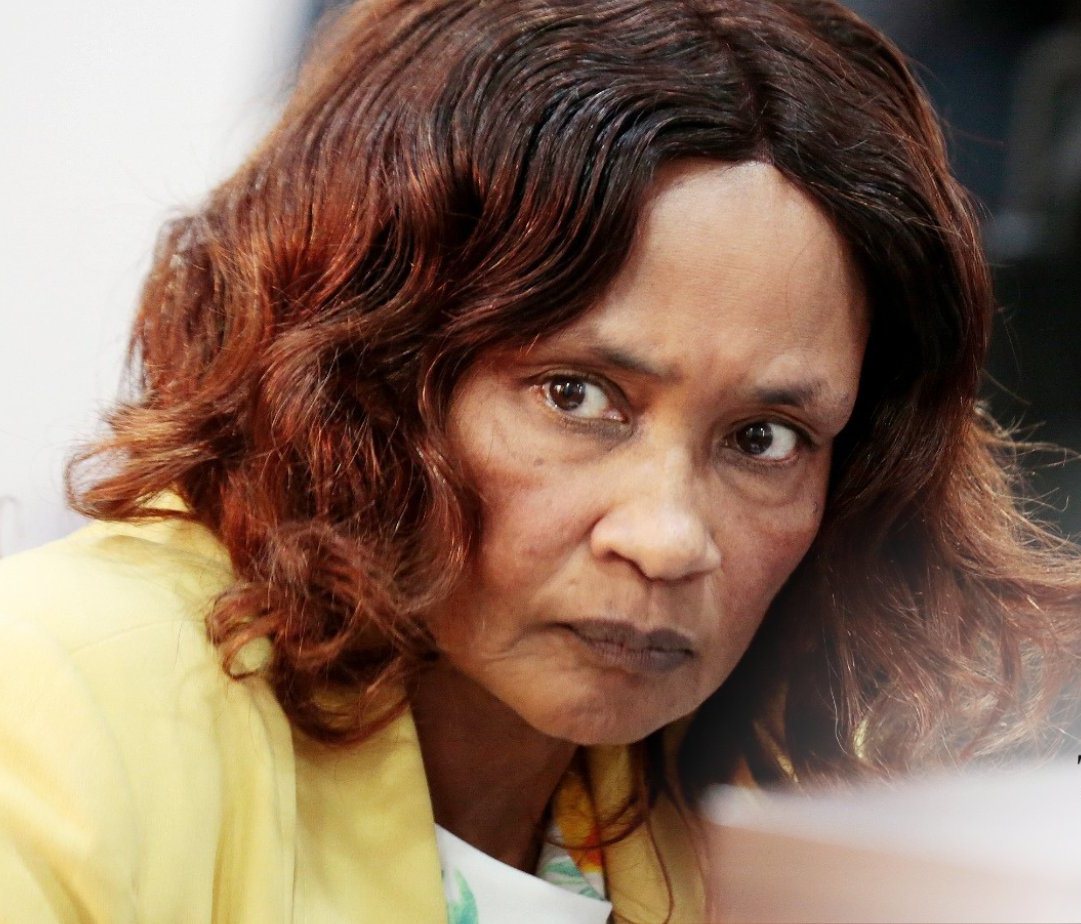Sources indicate that Natembeya is pursuing a bold strategy to consolidate control of DAP-K, currently led by former Defence Cabinet Secretary Eugene Wamalwa, in a bid to establish himself as the Luhya community’s leading figure ahead of the 2027 general election. The clearest sign of division within DAP-K emerged during Natembeya’s recent high-profile homecoming tour, with rallies across Vihiga, Kakamega, Bungoma, Busia, and Trans Nzoia counties.
Notably absent from these events was Wamalwa, the party leader and a prominent regional figure. Analysts interpreted Wamalwa’s absence as a deliberate move, likely driven by concerns that attending would signal endorsement of Natembeya’s leadership ambitions. “Wamalwa’s presence could have legitimized Natembeya’s bid, potentially weakening his own standing,” said an analyst familiar with regional politics.
Others suggest organisers deliberately excluded Wamalwa to avoid overshadowing Natembeya, who is assertively staking his claim to regional influence. Both Natembeya and Wamalwa have hinted at presidential ambitions for 2027, though sources suggest either could also be positioning for a vice-presidential running mate role, possibly alongside Kalonzo Musyoka or Rigathi Gachagua, depending on emerging coalitions. At the heart of the conflict is a struggle for control of DAP-K.
Insiders report that Natembeya is actively seeking to unseat Wamalwa as party leader to strengthen his influence. This move is part of a broader strategy to challenge established Luhya leaders like Musalia Mudavadi and Moses Wetang’ula and unite the Luhya vote under one banner.“Natembeya believes that by controlling DAP-K, he can consolidate regional support and negotiate power from a position of strength,” said an analyst familiar with party dynamics. There are reports that President William Ruto may be influencing DAP-K’s internal conflict.
With Natembeya’s rising popularity, some speculate Ruto is working to destabilise the party to prevent it from dominating the Luhya region. With Mudavadi’s Amani National Congress (ANC) now defunct and Wetang’ula aligned with the Kenya Kwanza government, DAP-K has become the region’s most viable political platform, making it a key battleground for influence ahead of 2027. Analysts warn that if Natembeya succeeds in capturing DAP-K and uniting the Luhya vote, it could reshape national coalition dynamics, challenging Ruto’s efforts to maintain support in Western Kenya.
Natembeya is gaining ground and appears unwilling to remain subordinate to Wamalwa, who critics argue has lost touch with the electorate, particularly in Kitale, his home base. “There’s a growing perception that Wamalwa is disconnected, while Natembeya is seen as the region’s rising star,” a senior DAP-K official confided. Indications of an impending leadership change to install Natembeya as party leader are growing stronger, setting the stage for a contentious intra-party battle.
The struggle within DAP-K reflects a broader realignment of Luhya politics, with younger, assertive leaders like Natembeya challenging the old guard and seeking to redefine the region’s political identity. As the 2027 race takes shape, the events unfolding within DAP-K could reshape Western Kenya’s role in national politics and determine which leaders emerge as credible players on the national stage. Whether Natembeya’s ambitions lead to party unity or further fragmentation remains uncertain, but the battle for Luhya leadership is well underway, with implications far beyond the region.
[/full]





